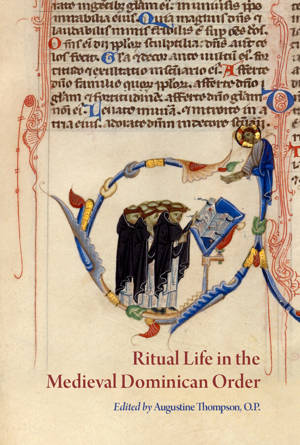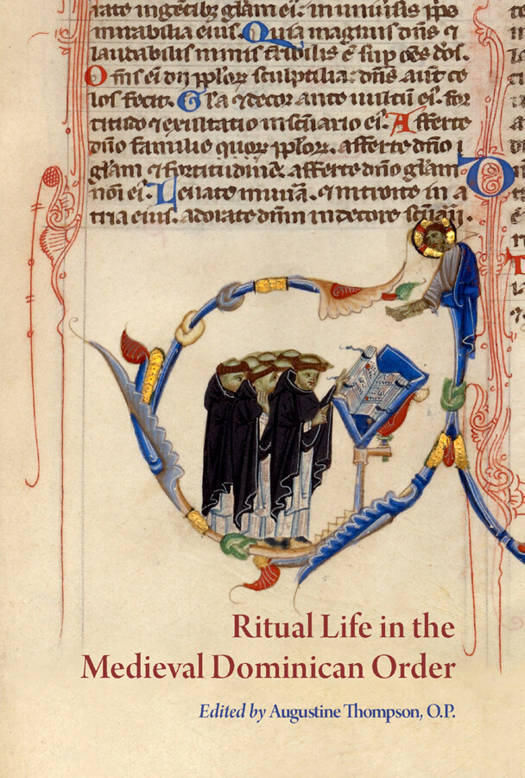
- Afhalen na 1 uur in een winkel met voorraad
- Gratis thuislevering in België vanaf € 30
- Ruim aanbod met 7 miljoen producten
- Afhalen na 1 uur in een winkel met voorraad
- Gratis thuislevering in België vanaf € 30
- Ruim aanbod met 7 miljoen producten
Zoeken
€ 106,00
+ 212 punten
Omschrijving
This collection of essays devoted to the Dominican liturgy in the Middle Ages begins with the reform of ritual and music identified with Humbert of Romans (1200-1277), and proceeds, more concretely, to the cult and liturgy at the shrine of St Thomas Aquinas at Toulouse. The last thirty years have greatly revised many older assumptions on medieval liturgy, and these essays reflect that development. By focusing on manuscript examples of local practice, they replace the older model of reform by top-down legislation with one of greater complexity and local diversity. Together they show the reforms were not an imposition of a normative "prototype" but a work in process that not only included reworking of older texts and music but also entirely new compositions. The contributions also expand scholarly focus beyond the liturgy of the friars to include that of cloistered nuns, Dominican penitent women, and lay people present at the liturgy. As such, they reflect a shift to a more "anthropological" and less "philological" approach, a move from an understanding of liturgy as a "text" to liturgy as a "performance." That change especially inflects the essays on the cult of Thomas, which had a political as well as a religious dimension. The liturgy at the saint's shrine in Toulouse occurred within a complex architectural and material environment that itself underwent continuous physical development. The Dominican liturgy was always presented and reinterpreted through the sermons preached during its performance. Thus, this volume fittingly closes with an edition of, and commentary on, the oldest known sermons on Thomas, probably preached at his shrine in Toulouse.
Specificaties
Betrokkenen
- Auteur(s):
- Uitgeverij:
Inhoud
- Aantal bladzijden:
- 376
- Taal:
- Engels
- Reeks:
Eigenschappen
- Productcode (EAN):
- 9780888448385
- Verschijningsdatum:
- 26/05/2025
- Uitvoering:
- Hardcover
- Formaat:
- Genaaid
- Afmetingen:
- 160 mm x 229 mm
- Gewicht:
- 703 g

Alleen bij Standaard Boekhandel
+ 212 punten op je klantenkaart van Standaard Boekhandel
Beoordelingen
We publiceren alleen reviews die voldoen aan de voorwaarden voor reviews. Bekijk onze voorwaarden voor reviews.








